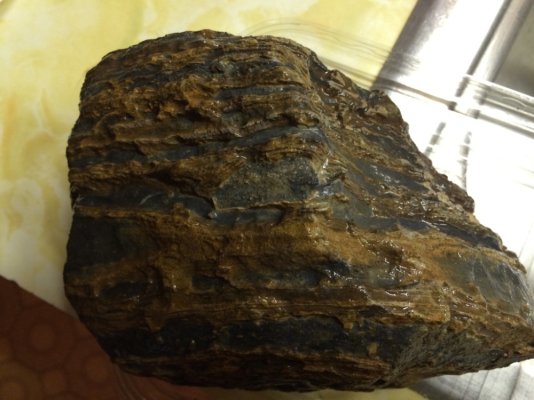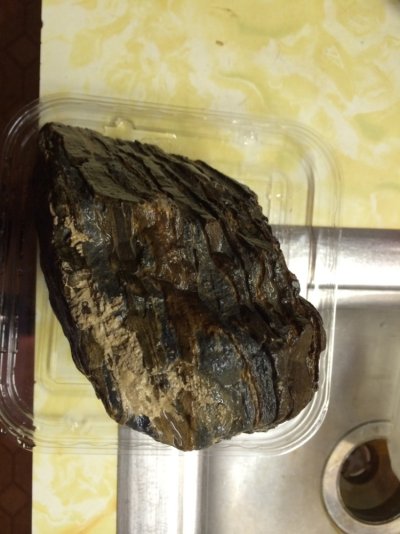This is interesting, I did some reading, add acid to a rock it fizzes if it's an alkaline rock, add a base solution to a rock it fizzes if it's acidic rock. Rocks with no reaction are inert.
"The composition of igneous rocks falls into four main categories. They are determined by the amount of silica that the rocks contain. The four categories are acidic, intermediate, basic, and ultramafic. Acidic rocks have a high silica content (65% or more) along with a relatively high amount of sodium and potassium. These rocks are composed of the minerals quartz and feldspar. Rhyolite and granite are the two most common types of acidic rock.
Intermediate rocks contain between 53% and 65% silica. They also contain potassium and plagioclase feldspar with a small amount of quartz. Diorite and Andesite are the two most common types of intermediate rock.
Basic rocks are composed of less than 52% silica and a large amount of plagioclase feldspar and very rarely quartz. The two most common types of basic rocks are basalts and gabbros.
Ultrabasic rocks are composed of less than 45% silica and contain no quartz or feldspar. They are composed mainly of the minerals olivine and pyroxene. The most common ultrabasic rock is periodite. Periodite is a dark green, coarse-grained igneous rock that many scientists believe is the main rock of the mantle."
"Sedimentary rock is one of the three main rock groups (along with igneous and metamorphic rocks) and is formed in four main ways: by the deposition of the weathered remains of other rocks (known as 'clastic' sedimentary rocks); by the accumulation and the consolidation of sediments; by the deposition of the results of biogenic activity; and by precipitation from solution.
Sedimentary rocks include common types such as chalk, limestone, sandstone, clay and shale.
Sedimentary rocks cover 75% of the Earth's surface.
Four basic processes are involved in the formation of a clastic sedimentary rock: weathering (erosion)caused mainly by friction of waves, transportation where the sediment is carried along by a current, deposition and compaction where the sediment is squashed together to form a rock of this kind.
Sedimentary rocks are formed from overburden pressure as particles of sediment are deposited out of air, ice, or water flows carrying the particles in suspension.
As sediment deposition builds up, the overburden (or 'lithostatic') pressure squeezes the sediment into layered solids in a process known as lithification ('rock formation') and the original connate fluids are expelled.
The term diagenesis is used to describe all the chemical, physical, and biological changes, including cementation, undergone by a sediment after its initial deposition and during and after its lithification, exclusive of surface weathering."
"Metamorphic rocks are created by the physical or chemical alteration by heat and pressure of an existing igneous or sedimentary material into a denser form. Due to the action of plate tectonics, compression, stress and shearing forces over long periods of time, rocks can be essentially warped and deformed, causing them to be compacted into a smaller volume of space. As a consequence, metamorphic rocks are always more dense than their original material, and also much less susceptible to erosional breakdown. As the Earth's plates move over geologic time, a plate containing igneous or sedimentary rock may become subducted under another plate. The sheer weight of the material above it can cause the rock to undergo metamorphism. In some cases, heat from the Earth's interior can melt the rock slightly, in a process termed "contact metamorphism." Examples of metamorphic rocks are schist (converted basalt), quartzite (compressed sandstone), and marble (compressed limestone or dolomite)."
Really a geologist may be more useful to you than a decorator who dabbles with water! So there are a whole host of pictures of rocks available!
(Apologies for the late reply)
I had fun with this one!




